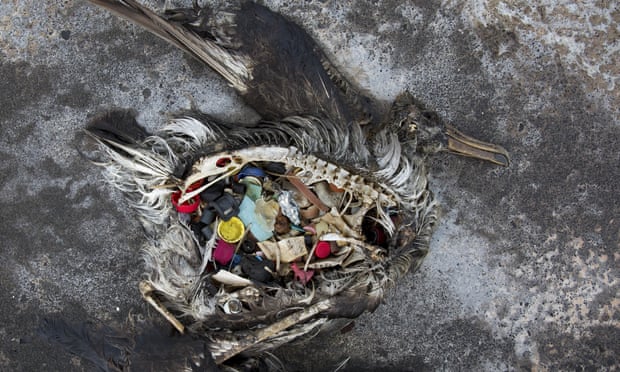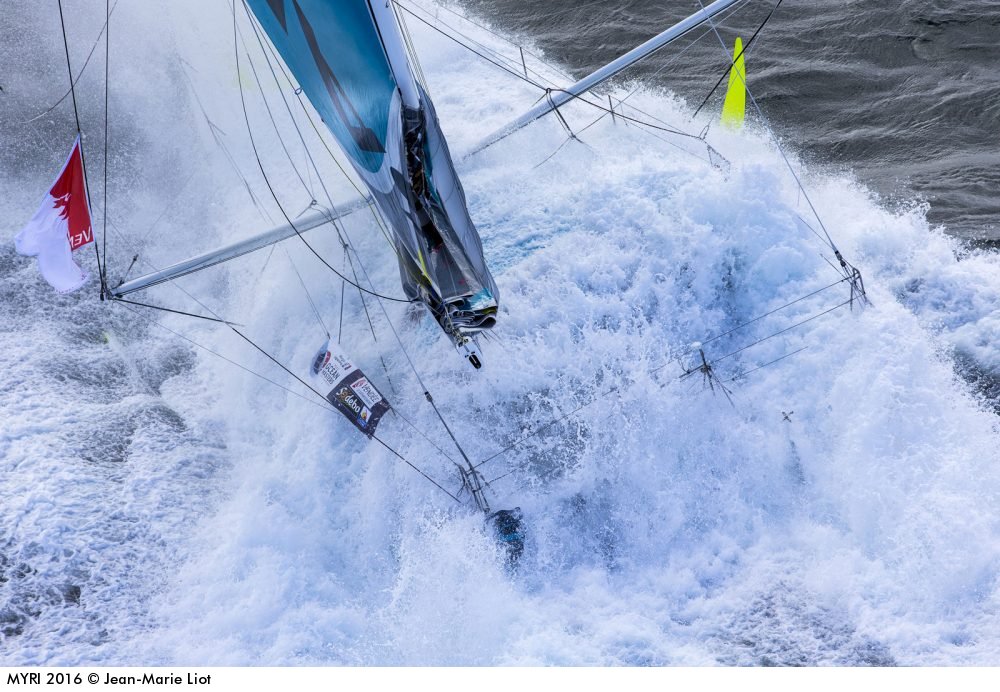The sound appears to come from the sea floor in Hecla and Fury Strait.
Northeast of Igloolik is Steensby Inlet, where Quassa says Baffinland,
owner of the Mary River mine, has been doing sonar surveys.
The company
says it has no equipment in the water.
From CBC by Jimmy Thomson
Hunters in a remote community in Nunavut are concerned about a mysterious sound that appears to be coming from the sea floor.
The "pinging" sound, sometimes also described as a "hum" or
"beep," has been heard in Fury and Hecla Strait — roughly 120 kilometres
northwest of the hamlet of Igloolik — throughout the summer.
Paul Quassa, a member of the legislative assembly, says whatever the cause, it's scaring the animals away.
"That's one of the major hunting areas in the summer and winter because it's a
polynya," an area of open water surrounded by ice that's abundant with sea mammals, he said.
"And this time around, this summer, there were hardly any. And this became a suspicious thing."
The noise is "emanating from the sea floor," according to remarks Quassa made last month in the Nunavut legislature.
Another area MLA, George Qulaut, said he visited the site after
hearing the reports. Though he wasn't able to hear the sound — he says
years of hunting have left him nearly deaf, especially to high-pitched
sounds — he did notice the lack of wildlife.
"That passage is a migratory route for bowhead whales, and also
bearded seals and ringed seals. There would be so many in that
particular area," he told CBC News, recalling his own days of hunting
there.
"This summer there was none."
Boaters aboard a private yacht passing through the area also say
they heard the mysterious sound, and described it during an appearance
on a community radio show upon their arrival in Igloolik. A number of
people called in to say they'd also heard it.
The noise can apparently be heard through the hulls of boats. CBC
News has not heard the noise and did not speak to anyone who claims to
have heard it.
Hunters pack their boat from the shore in Igloolik.
The mysterious sound
has been noted by hunters in the area of Hecla and Fury Strait, a rich
hunting ground that they say was empty this year.
(Nick Murray/CBC)
Theories abound
Nobody seems to know where the sound comes from, but theories — from environmental activists to mining — abound.
One theory blames Baffinland Iron Mines Corporation.
The company has
previously conducted sonar surveys of nearby Steensby Inlet in
conjunction with its Mary River mine southwest of Pond Inlet.
But the
company told CBC News it is not conducting any surveys in the area, and
has no equipment in the water.
Quassa says no territorial permits have been issued for work — such
as construction, blasting or hydrography — in the area that could
explain the noise.
He also says some of his constituents suspect the sound is being
generated on purpose by Greenpeace to scare wildlife away from the rich
hunting ground.
The organization has a tense past with Inuit stemming
from its opposition to the seal hunt in the 1970s and 1980s.
"We've heard in the past of groups like Greenpeace putting in some
kinds of sonars in the seabed to get the sea mammals out of the way so
Inuit won't be able to hunt them," Quassa said.
These rumours, though persistent, have never been substantiated.
"Nobody has ever seen any type of ship or anything going through that area and putting something down," Quassa said.
Greenpeace denies the assertion.
"Not only would we not do anything to harm marine life, but we very
much respect the right of Inuit to hunt and would definitely not want to
impact that in any way," Farrah Khan, a spokeswoman for the
organization, said from Toronto.
Military investigating
The military is also aware of the noise, and says it is looking into it.
Internal correspondence between sources in the Department of National
Defence, obtained by CBC News, suggest submarines were not immediately
ruled out, but were also not considered a likely cause.
A spokesperson told CBC News the armed forces are investigating.
"The Department of National Defence has been informed of the strange
noises emanating in the Fury and Hecla Strait area, and the Canadian
Armed Forces are taking the appropriate steps to actively investigate
the situation," a spokesperson wrote in a statement.
Igloolik is about 70 kilometres north of Hall Beach, an active
military site that was once part of the now-defunct DEW line of radar
stations.
In the meantime, Qulaut is worried about the sound's impact on game
animals that have been feeding in the area for centuries.
For now, the
community has no answers about the sound, its origins, or what it might
be doing to the animals.
"As of today, we're still working on it," he said.
"We don't have a single clue."
Links :






/cdn0.vox-cdn.com/uploads/chorus_asset/file/7435831/PR_Graphic_11_2_16_650px.jpg)


